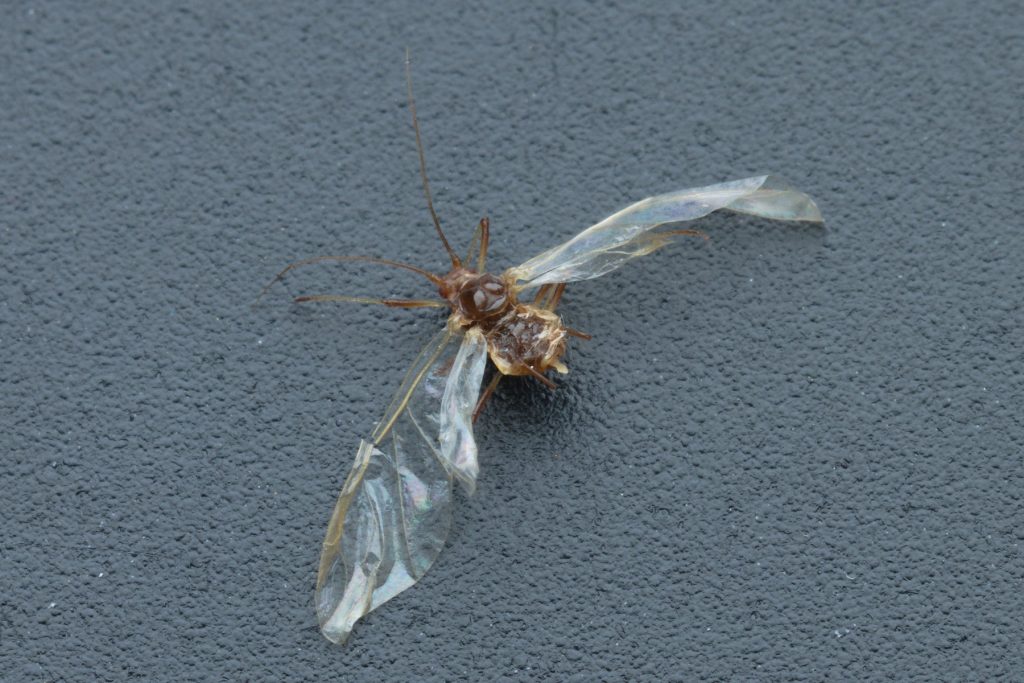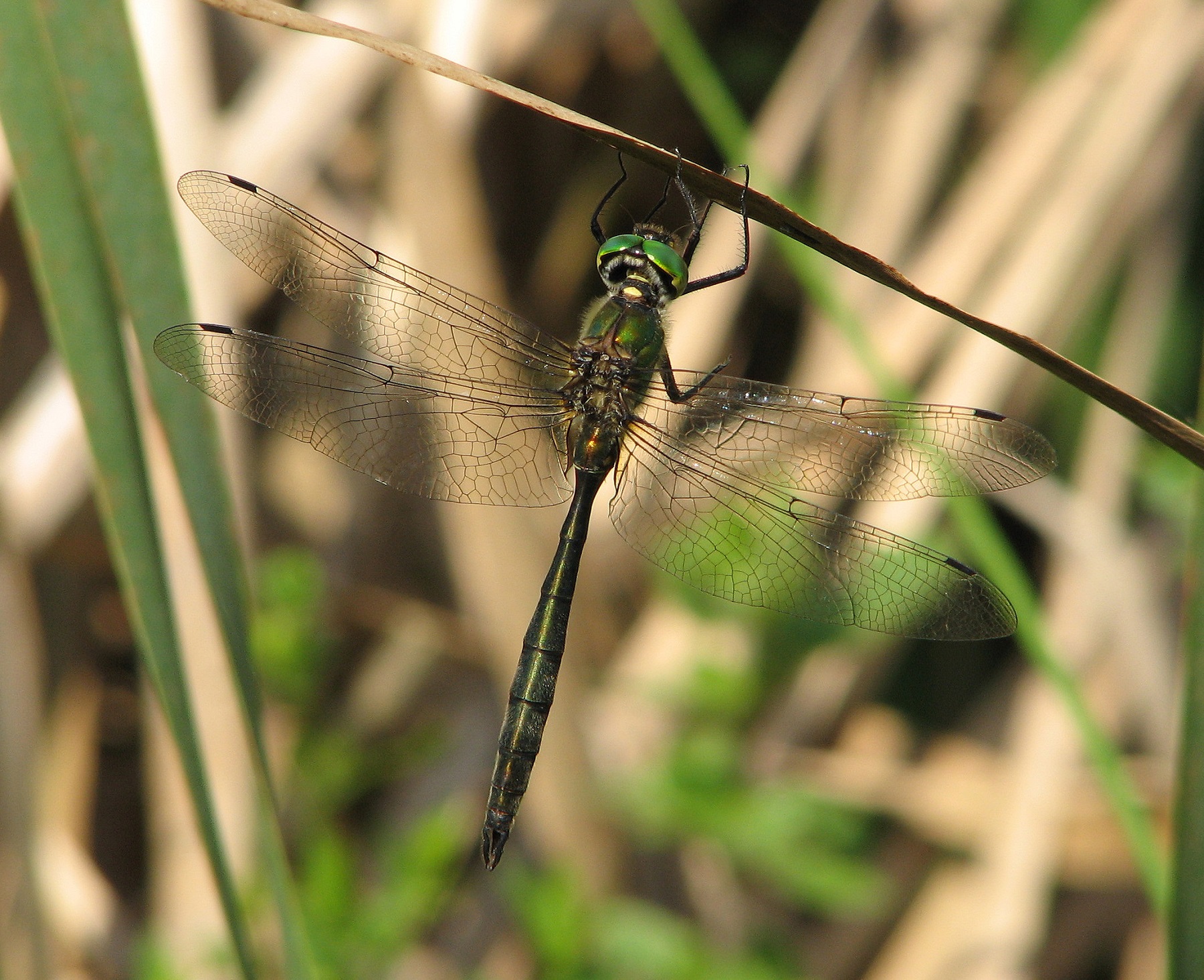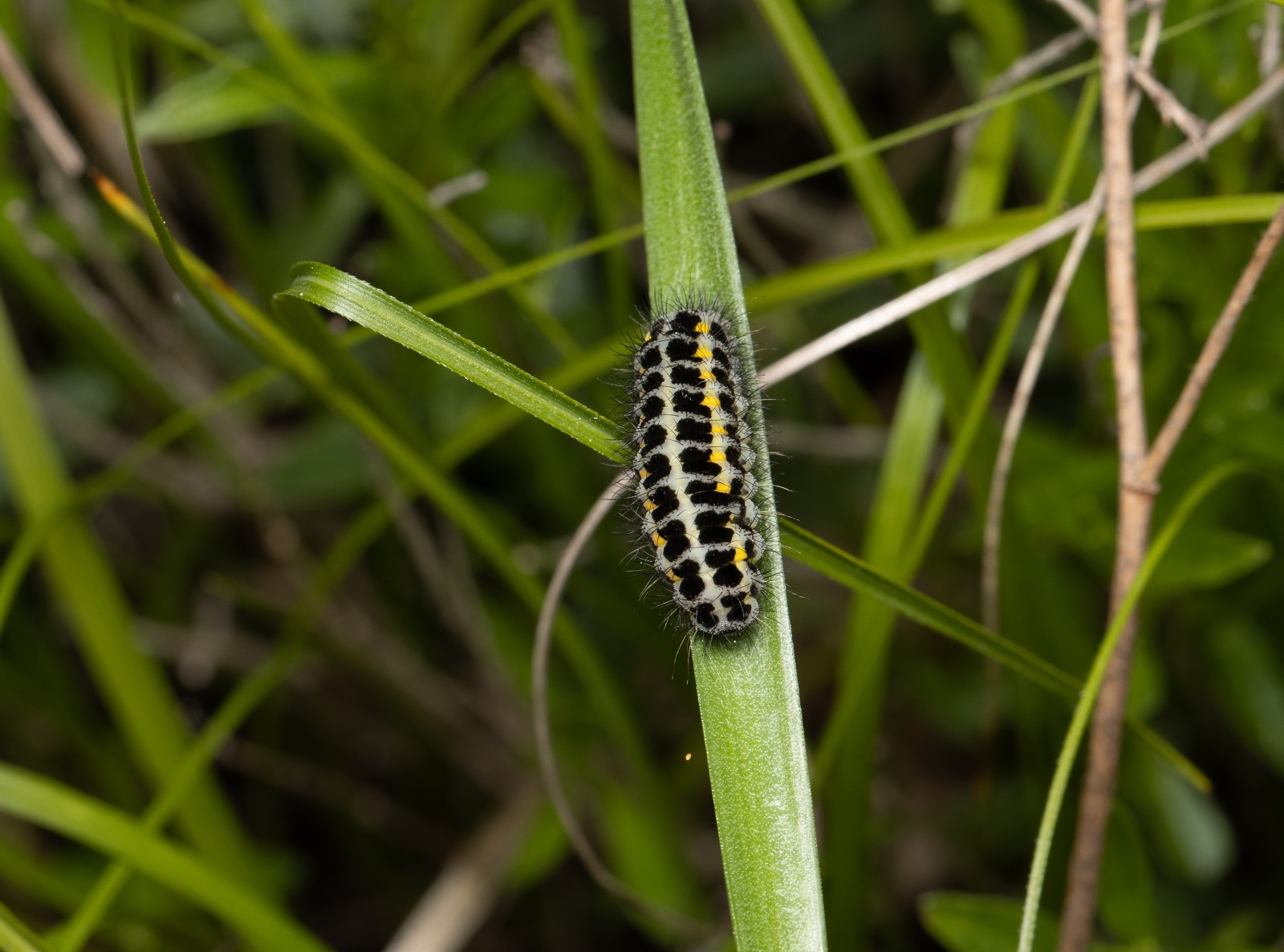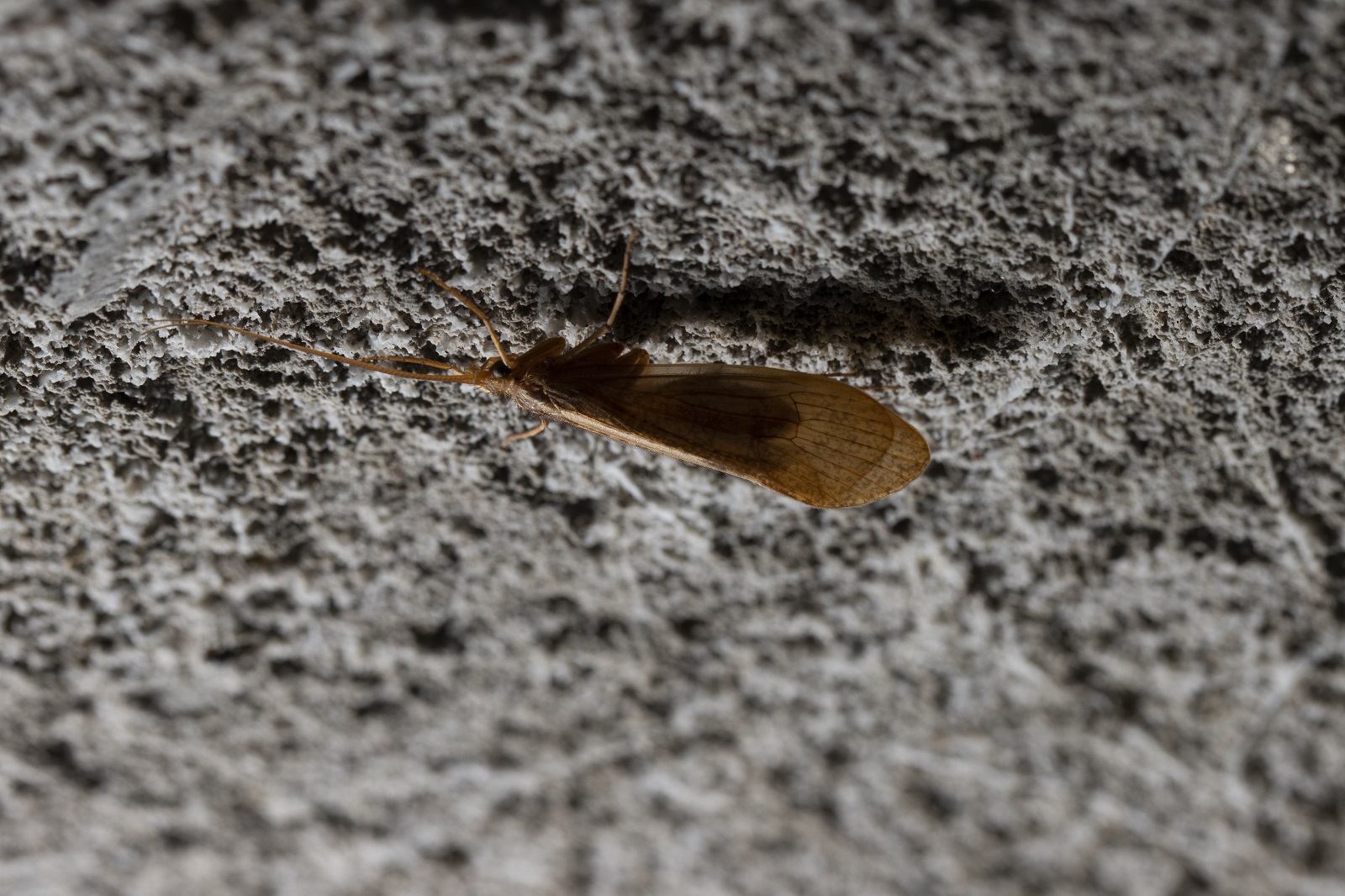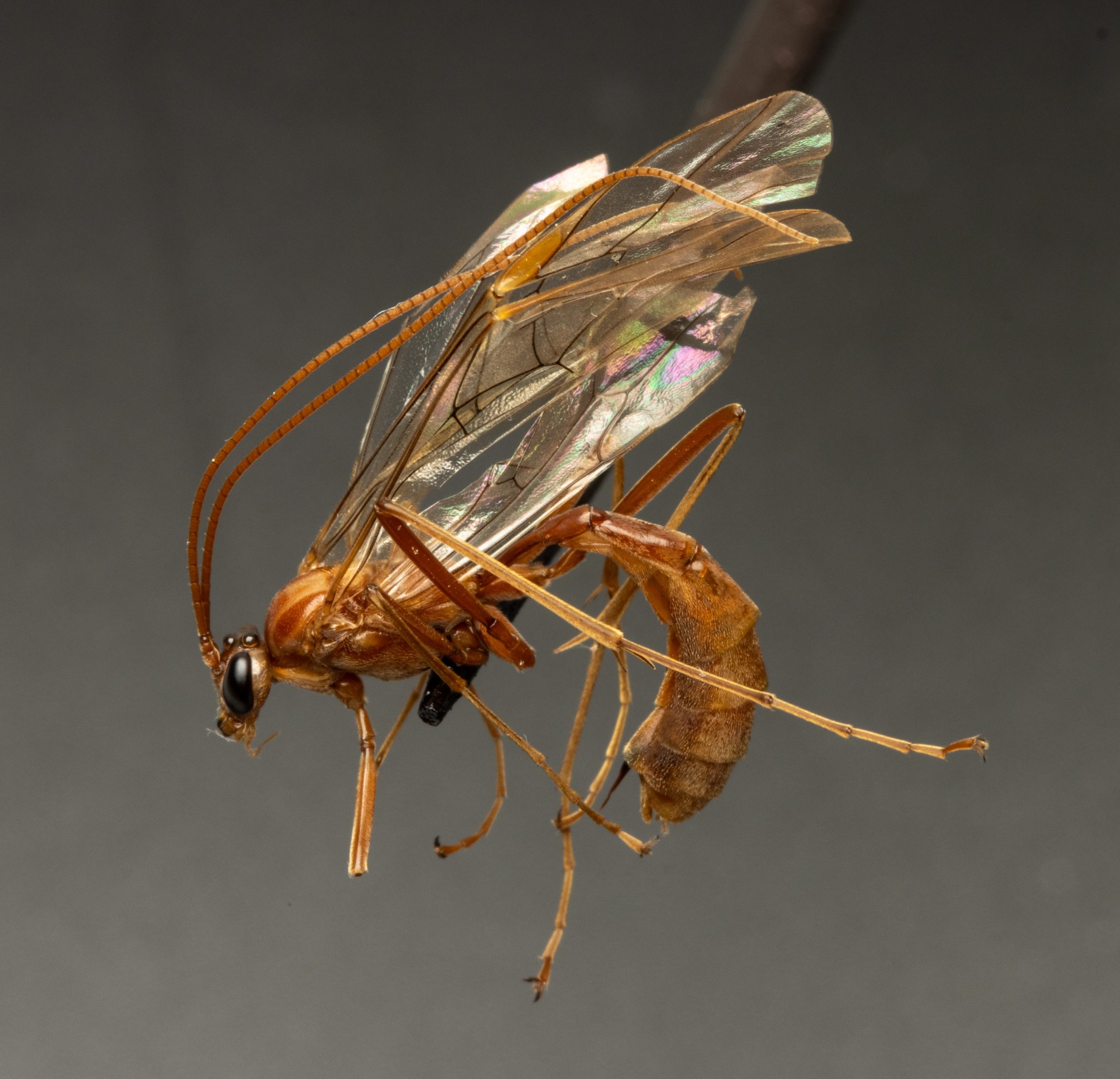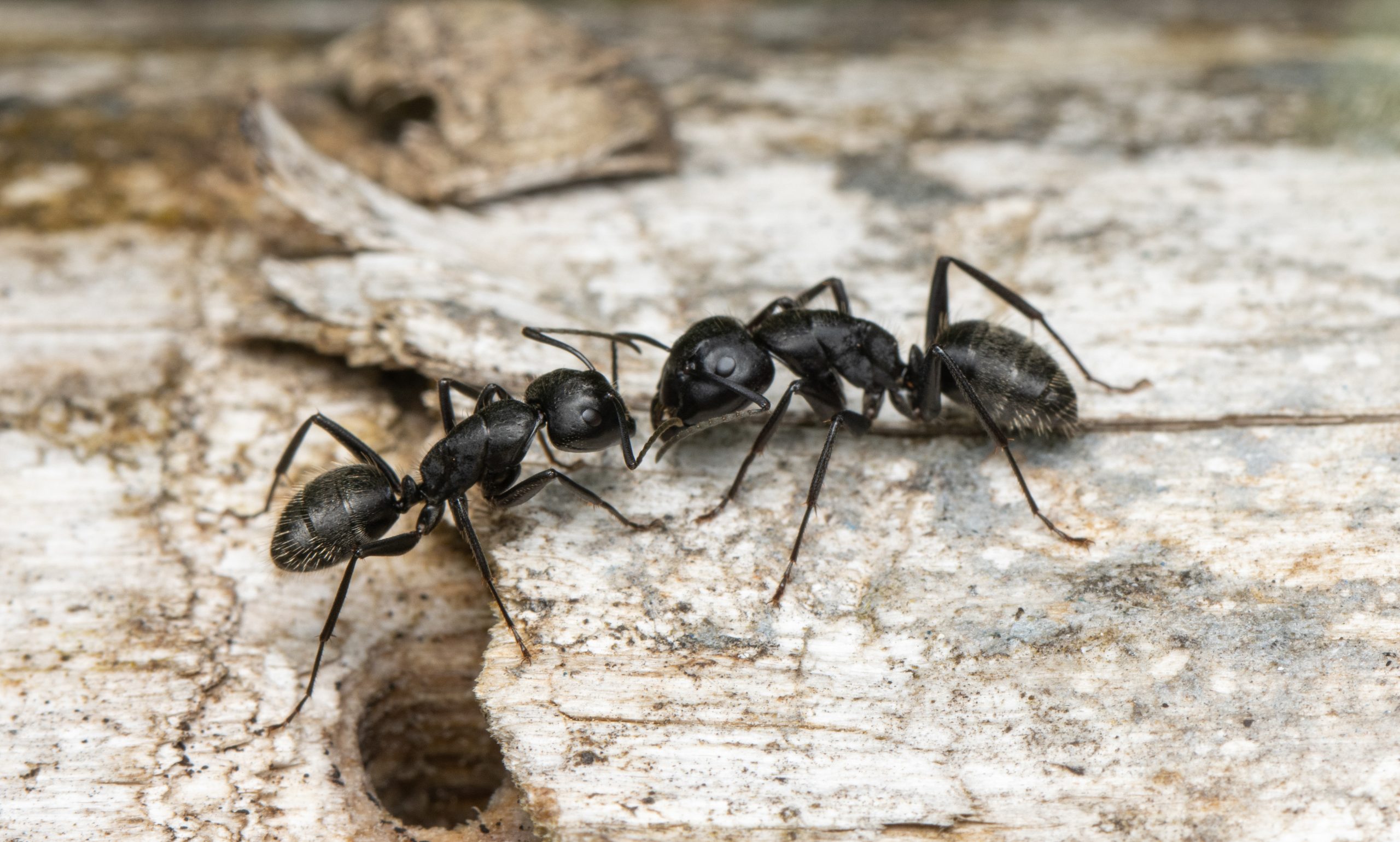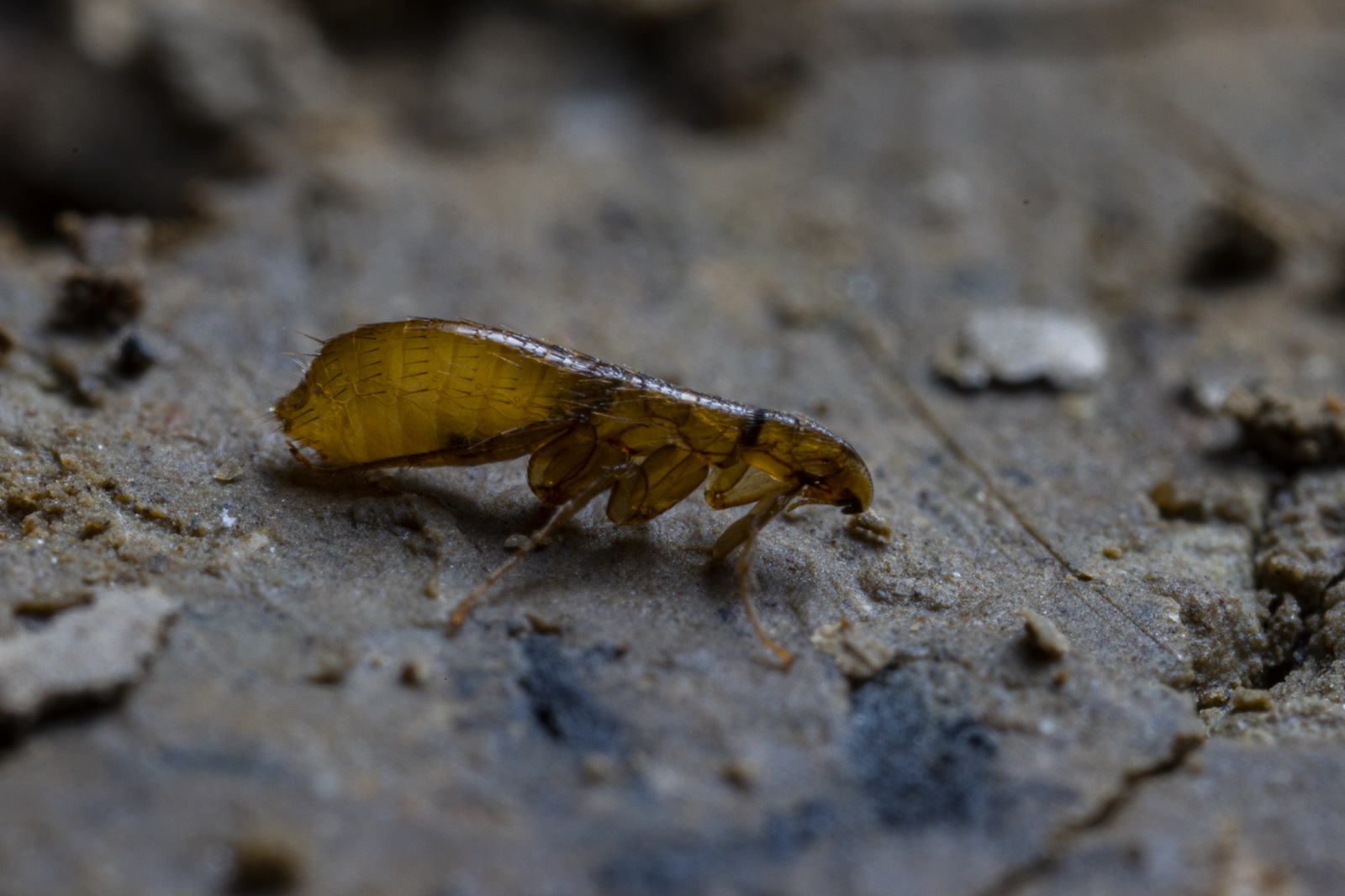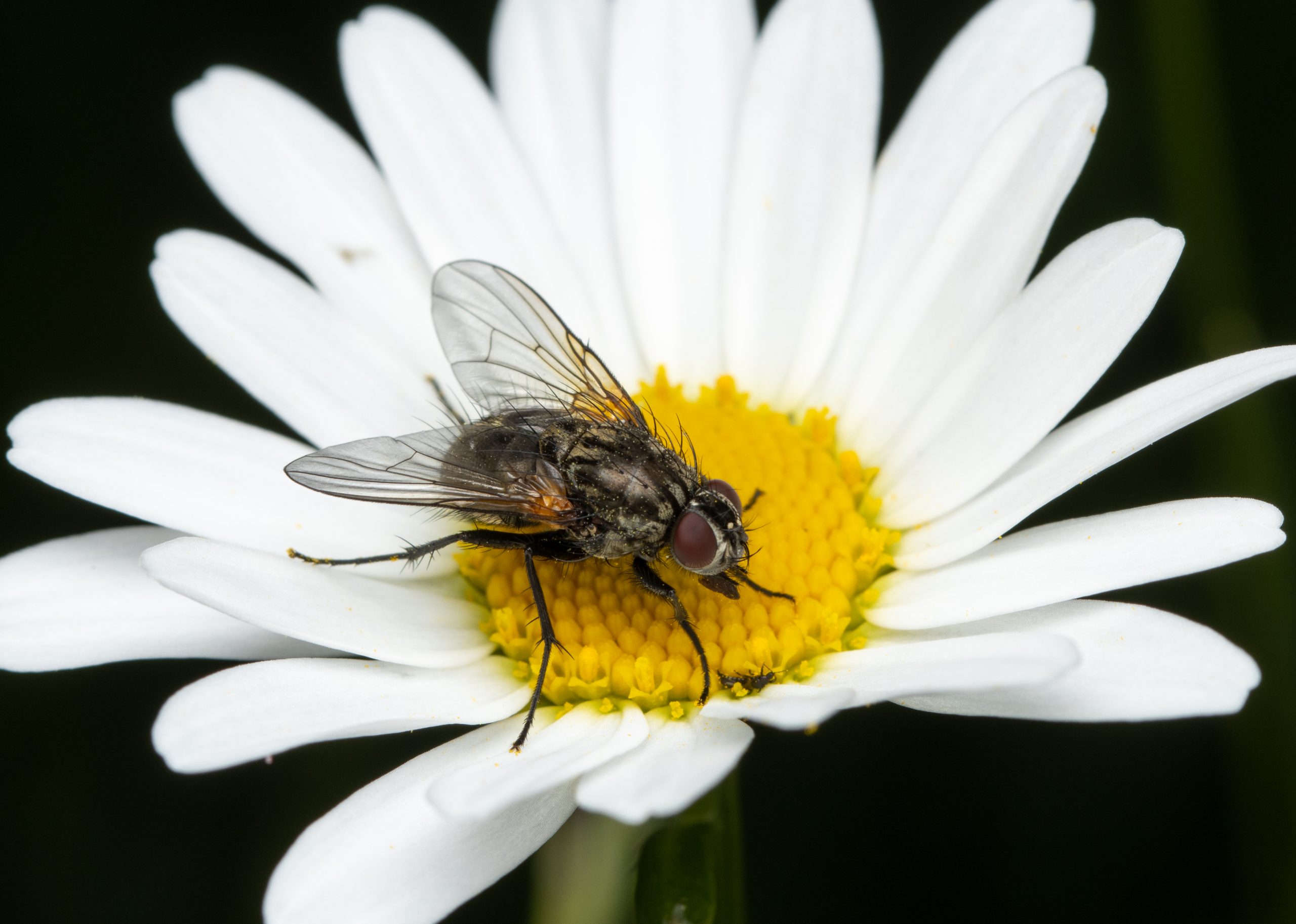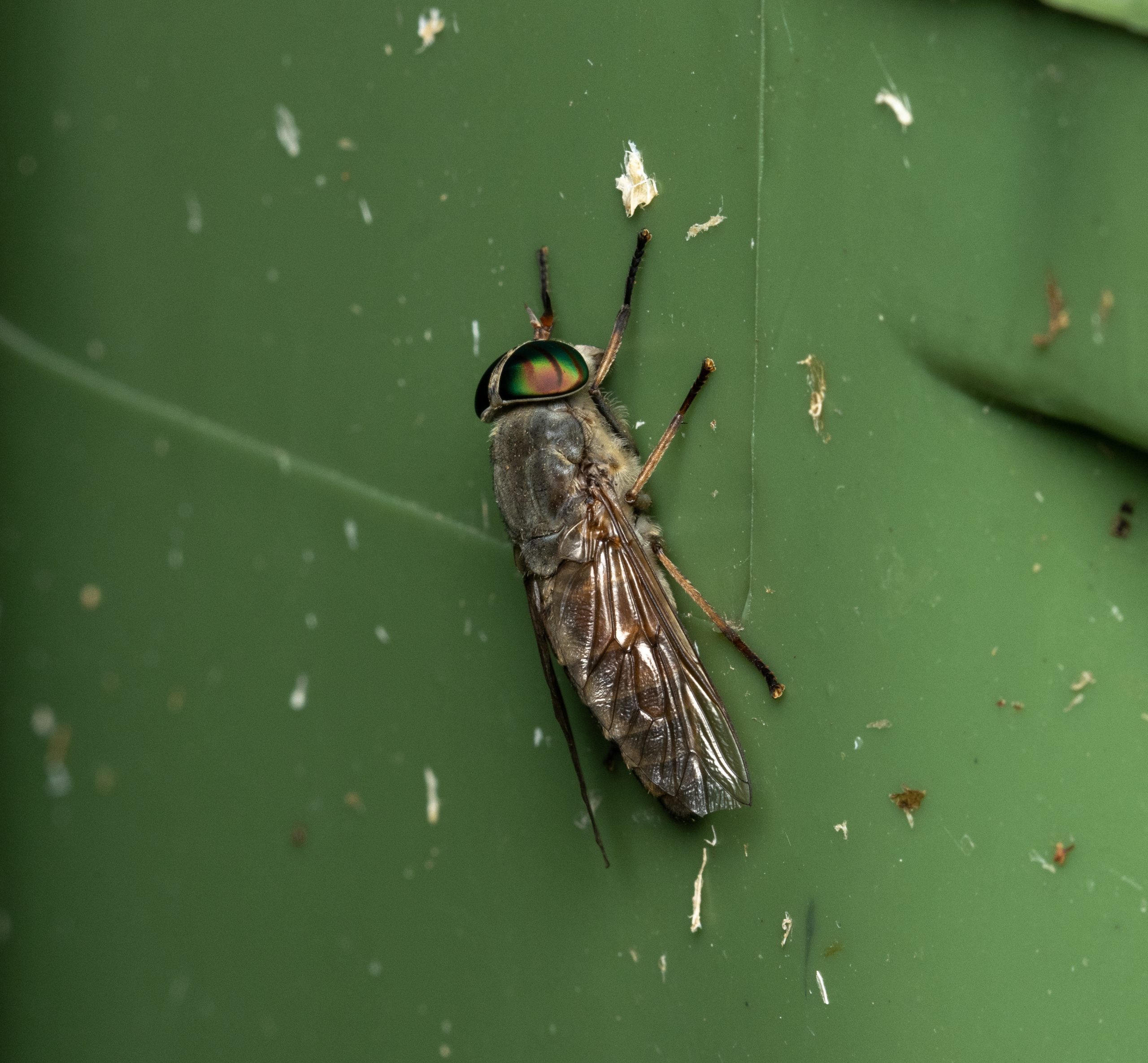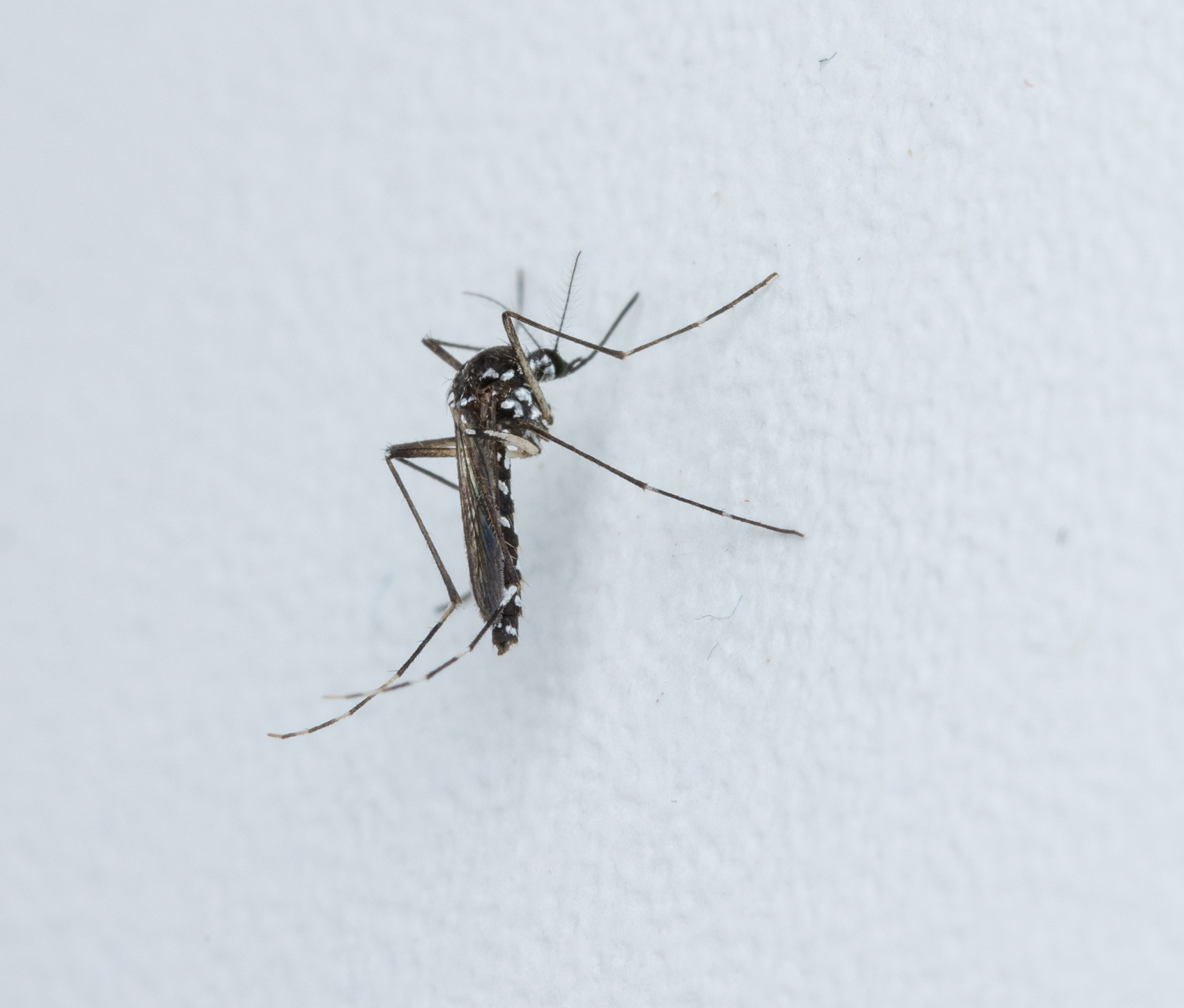- Insects
Aphididae
Aphids are small, delicate, millimetre sized insects. They are mostly green or light brown in colour. Their structure is very diverse and there are frequent differences between the sexes. As in other insects their body consists of a head, thorax and abdomen.
On the head, they mostly have short filamentous antennae with elongated first segments and small compound eyes. They have piercing-sucking mouthparts called rostrum or “beak”. The base of the beak is positioned posteriorly between the first pair of legs on the thorax.
The thorax consists of three segments each bearing a pair of legs. On the second and third thoracic segments two pairs of wings can be present, which are membranous and small and often completely reduced in females.
On the upper side of the fifth segment of the abdomen there are two short tubes (cornicles), through which they secrete defensive sticky substances against predators.
This family includes about 5000 species of insects that inhabit all continents, although with greater diversity in temperate climates.
Adults feed on plant sap and, at high densities, can cause damage to cultivated and ornamental plants. They are also known as vectors of various plant viruses.
They often reproduce asexually with unfertilised eggs. Females can be viviparous and there are known cases when unhatched individuals already contained developing embryos. This allows aphids to quickly respond to a rich food source by increasing their population. When the food source dries up, winged individuals usually develop and reproduce sexually. They mostly overwinter in the egg stage. Some species are myrmecophilous and attract ants with secretions from their digestive tract, which contain a lot of sugars. In exchange for this rich food source, the ants protect them from predators.
More photos
More info
Related arthropods

Authors
- Urban Bogataj,
- Gregor Bračko,
- Teo Delič,
- Cene Fišer,
- Žiga Fišer,
- Rok Kostanjšek,
- Rudi Verovnik,
- Miloš Vittori,
- Valerija Zakšek.
Students Vito Ham, Vesna Jurjevič, Gaj Kušar, and Adrijan Samuel Stell Pičman also participated in the project.
